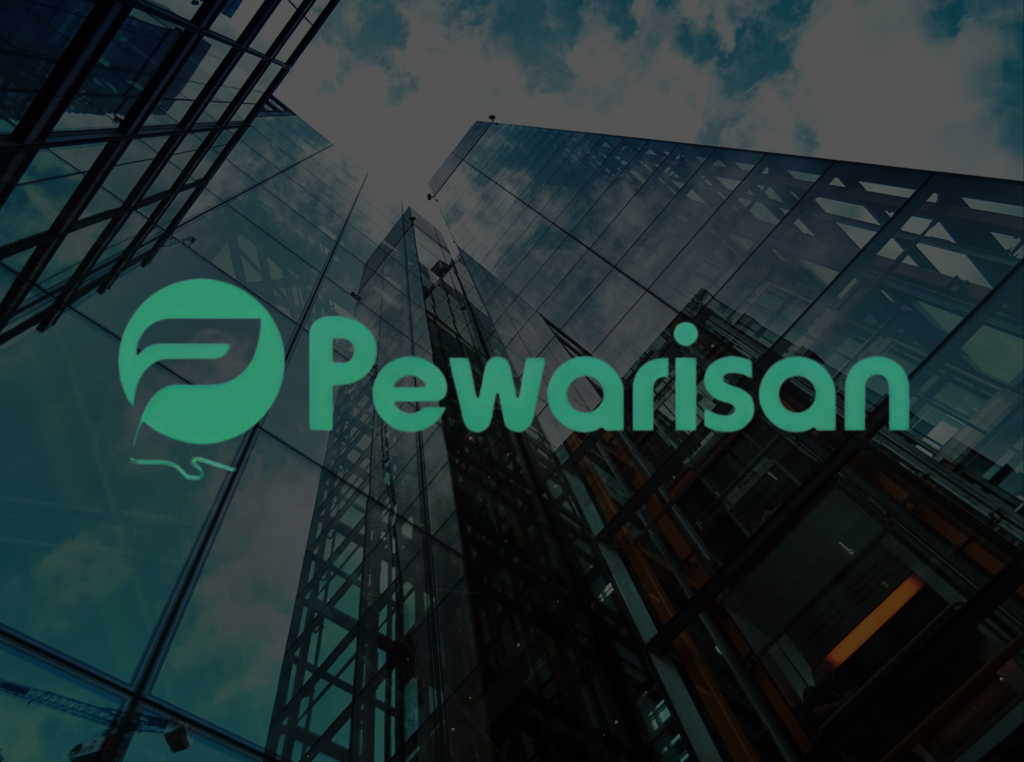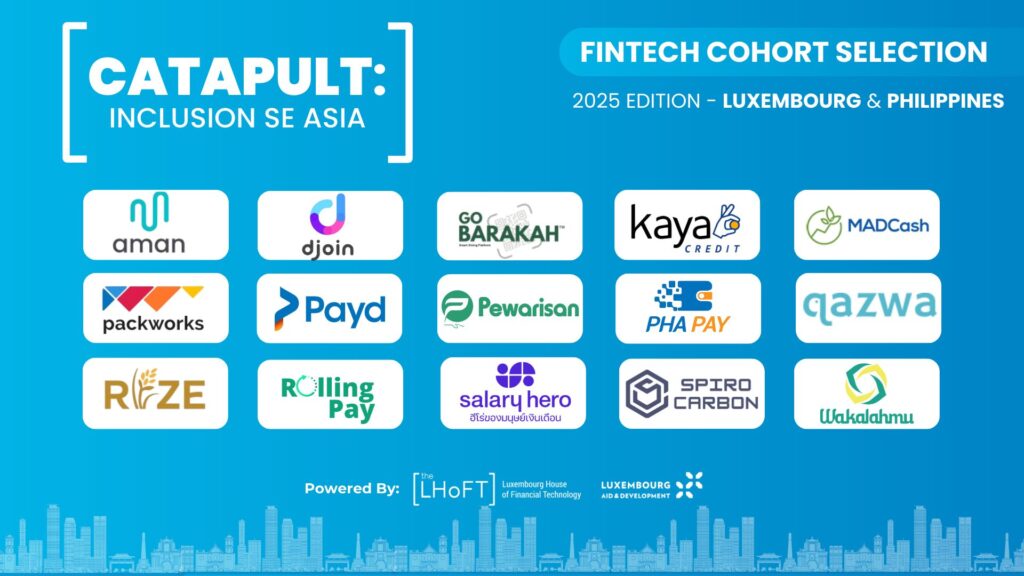How Digital Inheritance Helps Heirs Manage Assets Easily
How Digital Inheritance Helps Heirs Manage Assets Easily
In today’s digital age, much of our wealth and personal information is stored online. From financial accounts and cryptocurrencies to social media profiles and cloud storage, our digital footprint is extensive. Digital inheritance is an essential part of estate planning that ensures heirs can efficiently manage and access these assets, preventing loss and legal complications. This article explores the significance of digital inheritance, its benefits, and how to plan effectively.
What is Digital Inheritance?
Digital inheritance refers to the process of passing on digital assets to beneficiaries after the owner’s demise. These assets can include:
- Financial Assets: Online banking accounts, investment portfolios, PayPal, and cryptocurrency wallets.
- Social Media Accounts: Facebook, Instagram, Twitter, LinkedIn, and other online profiles.
- Email and Cloud Storage: Gmail, Outlook, Dropbox, Google Drive, and other cloud-based services containing critical documents and personal files.
- Subscription Services: Digital streaming accounts like Netflix, Spotify, and Amazon Prime.
- Intellectual Property: Websites, digital artwork, blogs, and online businesses.
Without a proper digital inheritance plan, these assets may become inaccessible, leading to potential financial losses and security risks.
Why Digital Inheritance is Important
1. Prevents Asset Loss
Many digital assets are protected by passwords, encryption, and two-factor authentication. If an individual passes away without sharing access credentials, heirs may struggle to retrieve these assets, resulting in financial loss.
2. Simplifies Estate Management
Traditional estate management can be a lengthy and complex process, often requiring legal intervention. Digital inheritance simplifies the process by ensuring all necessary information is organized and accessible to heirs.
3. Reduces Disputes Among Heirs
A clear digital inheritance plan prevents conflicts among family members by defining asset ownership and access rights. This clarity reduces legal battles and ensures fair distribution of digital wealth.
4. Manages Online Presence
Social media accounts and online identities need to be handled appropriately after death. Heirs can choose to memorialize, deactivate, or delete accounts to prevent misuse and identity theft.
5. Ensures Privacy and Security
By documenting access details and selecting trusted individuals to manage assets, one can ensure that sensitive information remains secure and is not misused.
How to Plan for Digital Inheritance
To ensure your digital assets are properly managed, follow these steps:
1. Create a Digital Asset Inventory
List all your digital assets, including account credentials, security questions, and any associated recovery options. Categorize them based on financial value, sentimental importance, and access priority.
2. Use a Password Manager
Password managers securely store and encrypt login details, making it easier for trusted individuals to access important accounts in the future.
3. Assign a Digital Executor
A digital executor is responsible for managing and distributing your digital assets according to your wishes. This can be a trusted family member, friend, or legal professional.
4. Leverage Digital Legacy Tools
Many tech companies provide legacy tools to help manage accounts after death:
- Google’s Inactive Account Manager: Allows users to designate someone to access their Google accounts after a set period of inactivity.
- Apple’s Legacy Contact: Enables iPhone users to choose someone to access their Apple ID and iCloud data.
- Facebook’s Legacy Contact: Lets a designated person manage or memorialize an account after the user’s passing.
5. Include Digital Assets in Your Will
Ensure that your will explicitly mentions digital assets and their designated heirs. Consulting an estate planning lawyer can help ensure the process is legally binding and aligned with digital asset laws.
6. Store Access Information Securely
Instead of sharing passwords directly, use a secure vault or encrypted document that heirs can access when necessary. This prevents unauthorized use while ensuring availability when needed.
7. Regularly Update Your Digital Estate Plan
As digital assets evolve, it is essential to update your digital inheritance plan regularly. Add new accounts, update security measures, and ensure heirs are aware of any changes.
Challenges in Digital Inheritance
While digital inheritance is beneficial, there are challenges to consider:
- Legal Barriers: Some digital platforms restrict account access to heirs due to privacy policies and terms of service agreements.
- Cybersecurity Risks: Sharing login credentials poses risks if not handled securely.
- Lack of Awareness: Many individuals overlook digital inheritance, leaving heirs unprepared to manage digital wealth.
Conclusion
Digital inheritance is an essential part of modern estate planning, ensuring that valuable online assets are preserved and easily managed by heirs. By taking proactive steps such as creating a digital asset inventory, using password managers, and leveraging legacy tools, individuals can secure their digital presence and financial interests for the future.
Planning for digital inheritance today can save loved ones from unnecessary stress and complications, making the asset transfer process seamless and hassle-free. By implementing a well-structured plan, you can ensure that your digital legacy is protected, and your heirs can access and manage your online assets with ease.




























